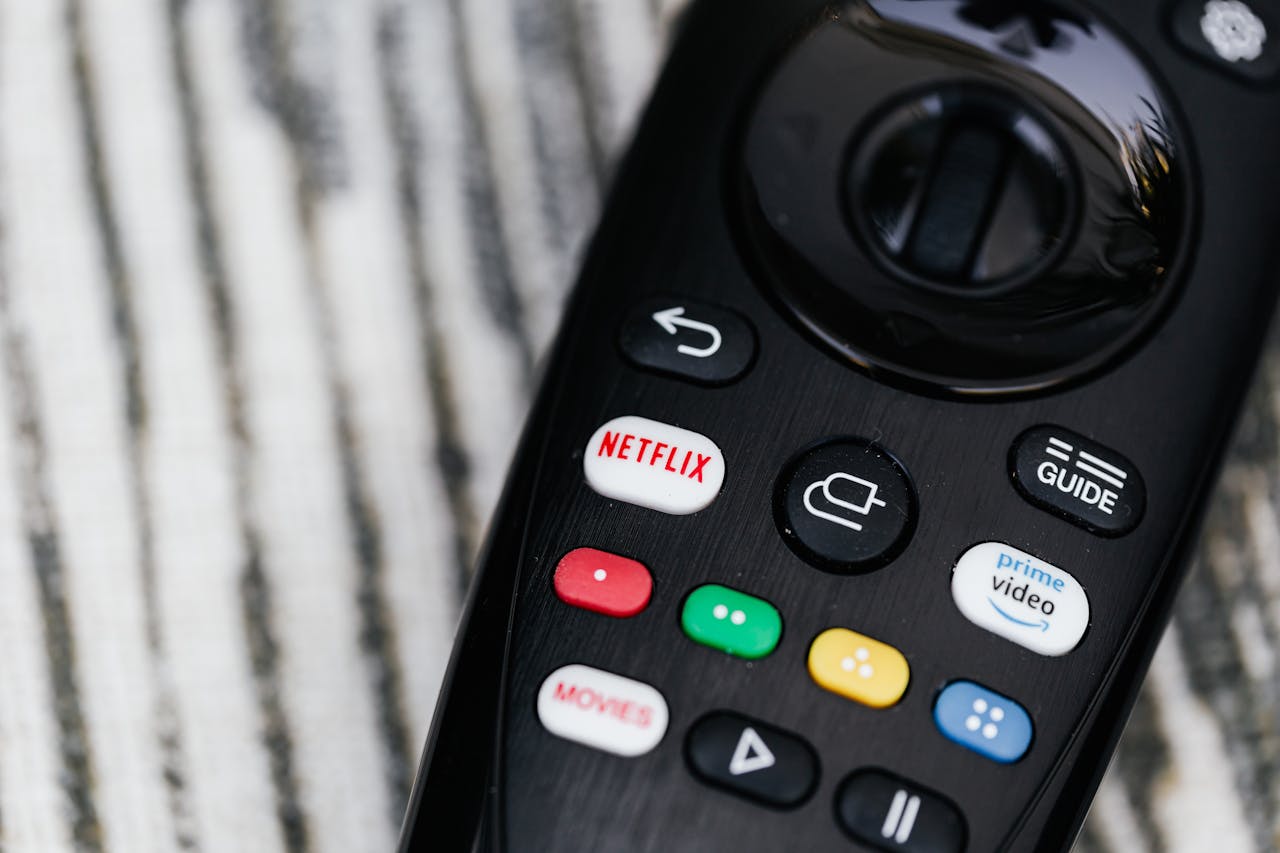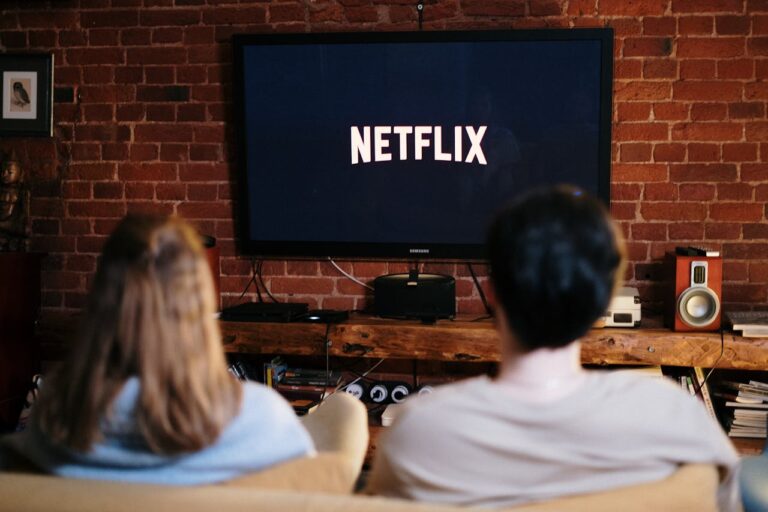Write Us: hello@ali5.org
Netflix vs Amazon Prime Originals in 2025 – Which Platform Is Winning?
Netflix vs Amazon Prime Originals in 2025, see which streaming platform is leading in quality, popularity, and innovation with its original series and films.

In the past, Netflix was the best streaming service. For years, it was the go-to choice for people who wanted to watch a new show or movie on Friday night. What is Amazon Prime Video? It was there, but it felt more like an extra than a place to go. That dynamic has changed by 2025. These two platforms are now in a fight that is much more competitive and hard to predict. Both are spending billions to make new content. Both are changing quickly. So, who is really winning in 2025?
Let’s break it down.
Content Quality: Stories That Stick
Netflix has always had a knack for creating viral shows. Remember Stranger Things, The Witcher, and Bridgerton? Those were cultural events. In 2025, Netflix continues to deliver flashy new titles that dominate the conversation for a week or two. Hits like Red Zone, a political thriller set in post-pandemic America, and the much-hyped anime Phantom Core show they’re still investing in quality.
But there’s a flip side: quantity. Netflix releases so much content that even some excellent shows get buried. Viewers complain about scrolling endlessly to find something worth watching.
Amazon Prime Video takes a different route. Fewer originals, more intention. In 2025, their strategy leans hard into prestige. Fallout became a franchise. Citadel: Legacy redeemed the original series. And The Peripheral: Awakening turned sci-fi skeptics into superfans. Prime isn’t trying to flood your screen; they’re trying to make every drop count.
Verdict: Netflix wins on sheer variety. Amazon wins on curation and quality-per-title.
Original Films: Blockbusters vs. Cinematic Depth
Netflix continues to court big-name directors and actors. In 2025, their sci-fi hit Orbital (from the Black Mirror team) and a romantic drama starring Zendaya and Timothée Chalamet pulled massive global numbers. But again, for every standout, there are a dozen throwaway flicks that fade into oblivion.
Amazon’s 2025 film strategy leans theatrical. Most of their best work premieres in cinemas first, building buzz before streaming. Their partnership with A24 and indie directors has paid off. The Last Broadcast, a dark comedy-drama, was not only a commercial success but also a critical darling, sweeping multiple international film awards.
Verdict: Netflix owns the streaming blockbuster lane. Amazon leads in artistic, award-worthy storytelling.
User Experience: Navigation and Discovery
This one’s always tricky. Netflix’s UI is fast, responsive, and familiar. But it’s also overwhelming. Algorithms are strong, but can feel repetitive. That “Because You Watched…” list hasn’t changed in months for some users. Browsing fatigue is real.
Amazon Prime has made big strides. The once-clunky interface is cleaner in 2025. Search is faster, categories are clearer, and their X-Ray feature (which lets you pause and see who’s on screen) remains underrated. But they still confuse new users with the mix of rental and Prime content. Accidentally clicking on a $19.99 movie when you thought it was free? Still happens.
Verdict: Netflix is still more intuitive, but Amazon is closing the gap.
Global Reach and Local Originals
This is Netflix’s wheelhouse. They bet big on global content—and it’s paying off. In 2025, shows like Lagos Nights (a Nigerian crime thriller), Echoes (a Polish mystery), and Rising Delhi (an Indian political saga) aren’t just hits in their home countries; they’re global sensations. Netflix understands how to make local content feel universal.
Amazon is trying to keep pace. El Fin del Mundo, a Spanish dystopian drama, became a surprise global hit this year. But they’re still more cautious in international markets. Their investment in local talent is growing, but not yet matching Netflix’s scale.
Verdict: Netflix dominates globally. Amazon is catching up, but slower.
Pricing and Overall Value
In 2025, both platforms will have raised prices. Netflix has multiple tiers, including a cheaper, ad-supported option. Amazon Prime Video is still bundled with Prime membership, which gives you free shipping, music, and more.
If you’re a frequent Amazon shopper, Prime is unbeatable value. But if you care purely about content, Netflix’s higher-tier pricing can feel steep, especially considering the hit-to-miss ratio.
Verdict: Amazon Prime wins on total value. Netflix costs more, but offers more if you’re a content-first user.
Subscriber Growth and Market Share
According to 2025 data from Statista and Nielsen, Netflix remains the biggest global streaming service with over 290 million subscribers. But Amazon is closing in fast, especially in the U.S., India, and Brazil. Their growth is helped by Prime bundles and faster rollouts in emerging markets.
Netflix is still the leader, but Amazon’s momentum is stronger.
Verdict: Netflix wins in total numbers. Amazon wins in growth rate.
Audience Loyalty and Trust
Here’s where things get interesting. Netflix has a reputation for canceling shows too soon. Fans of series like 1899 and Warrior Nun still haven’t forgiven them. In 2025, that habit hasn’t gone away, and it’s starting to erode trust.
Amazon takes a longer-term approach. The Boys, Reacher, and Invincible are still going strong, with new seasons that build on fan investment. They don’t cancel as often, and when they do, it’s usually after a proper wrap-up.
Verdict: Amazon builds stronger audience loyalty. Netflix still feels hit-or-miss.
Final Thoughts: Who’s Really Winning?
It depends on what you’re looking for.
Want endless options, quick binges, and a never-ending feed of global content? Netflix is still the king of streaming volume.
Prefer thoughtful, cinematic storytelling and better long-term value? Amazon Prime Video might be your go-to in 2025.
The reality? We’re in a golden age of streaming. The fierce rivalry between Netflix and Amazon means both are constantly improving. That competition is pushing better content, better experiences, and more choices for all of us.







